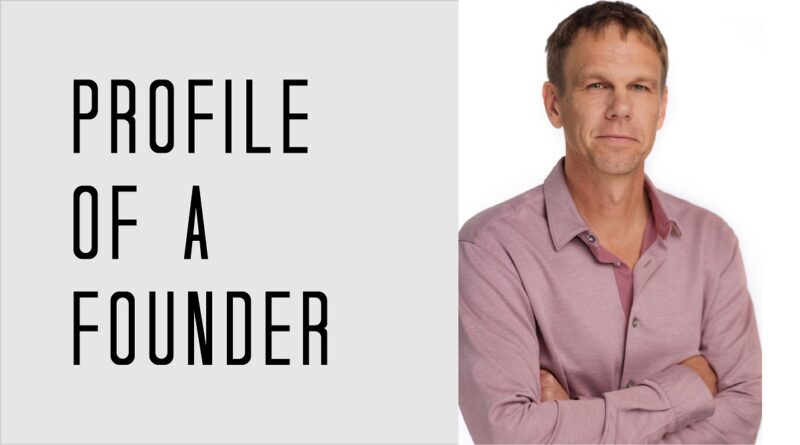Steve Shillingford of DeepSee
An exclusive Tech Tribune Q&A with Steve Shillingford (founder, CEO, and president) of DeepSee, which was honored in our:
Tell us the origin story of DeepSee – what problem were you trying to solve and why?
One of the benefits of being old is I’ve seen lots of technology cycles. Gartner calls them “Hype Cycles”, and they occur roughly every 5-7 years. They start with a flurry of investment and spending on interesting technologies in search of problems, flame out with the inevitable exhaustion felt by the business executive spending in technology but struggling to get a real return on that investment, and consolidate around offerings that package a solution for the line of business, where the technology is not front and center but the outcomes are.
I felt like we had reached “peak AI” a few years ago when, in my car, listening to the radio, I heard Calloway Golf advertise their “AI-inspired” drive. I knew then we had too much “tech first” and not enough “solution-first” offerings.
So, a few friends and I decided we’d do for digital transformation what SalesForce did for sales automation – we’d take cutting-edge AI and wrap in LoB solutions that automate and accelerate the digital transformation inside an enterprise. We wanted to offer a real solution for the manual and mundane problems of validating contracts, verifying user content, and reconciliation across multiple systems and formats.
Instead of offering “Legos” for enterprises to build “whatever they needed”, we were determined to build a cloud-based app that mined all their trapped data and preconfigured it with business process flows that mapped to their needs, while allowing people (versus machines) to manage the entire thing. We call that “human-centric AI” and we think it is a better way to leverage AI without getting wrapped in this algorithm or that model.
What was the biggest hurdle you encountered in your journey?
Whenever you try to leave the herd, you’re exposed. There’s safety in numbers and people and companies find security in conformity. I spend so much time explaining to customers, prospects, analysts, and even board members why the future is not the “next new shiny object,” but rather solutions in which the technology is hidden behind a tangible ROI and competitive advantage. I’ve always been inclined to look for trends that envision a particular future and then try to build a company to accelerate that future. Any time you try to say something or do something that is moderately different from conventional thinking, you’ll face critics. I have a great filter for those folks.
What does the future hold for DeepSee?
We’re in the classic move from “customer discovery” to “customer validation” phase à la Lean Startup philosophy. I’m a strong advocate for this approach to the startup journey as I think it’s archetypal in terms of maturity curves. We’re excited about the customers we have and their enthusiasm for what we’re doing and want to add more in 2022.
What are your thoughts on the local tech startup scene in Salt Lake City?
I’ve been around the SLC tech scene since 2006 – amazing growth. Certainly, some of the early exits like Omniture laid the groundwork and more recently, Qualtrics put us on the map for venture. The best part about these amazing outcomes is the quality of people those companies produced. Those folks have great ideas, and those ideas get funded and those companies go on to do great things. It’s a virtuous reinforcement cycle that all of us benefit from. The challenge now is navigating that growth and the negative unemployment market – the market for great talent is incredibly competitive. I think having a great business is not enough – folks need to have interesting problems and a great culture to really attract the best and the brightest.
What’s your best advice for aspiring entrepreneurs?
I think of my job as very hard and very simple at the same time. It’s hard in the sense that startups can be really difficult – there are many challenges, unknowns, and limitations (people, time, money, etc). But our CTO says “constraint breeds innovation” and I believe him. My job is simple in the sense that I really only think about 3 things:
- Setting our “true north” strategy and being pragmatically open to how we achieve it and dogmatically focused on getting there.
- Getting the right people on board and giving them all the tools they need to do their best work.
- Making sure there’s always money in the bank 😉
In that sense, the CEO job is fairly easy. However, every day presents a new “story problem” to solve, and in that sense, while those problems may be hard, it’s what makes the job so much fun!
